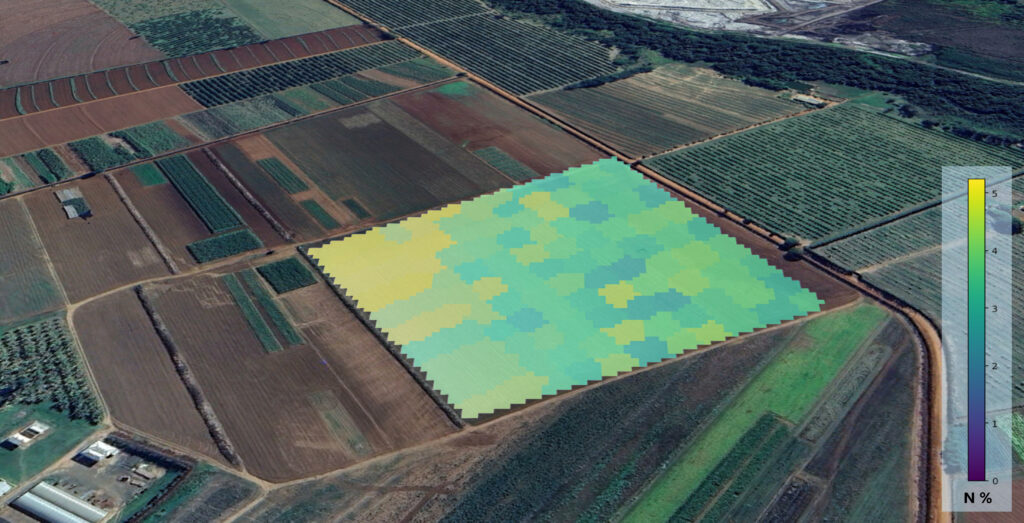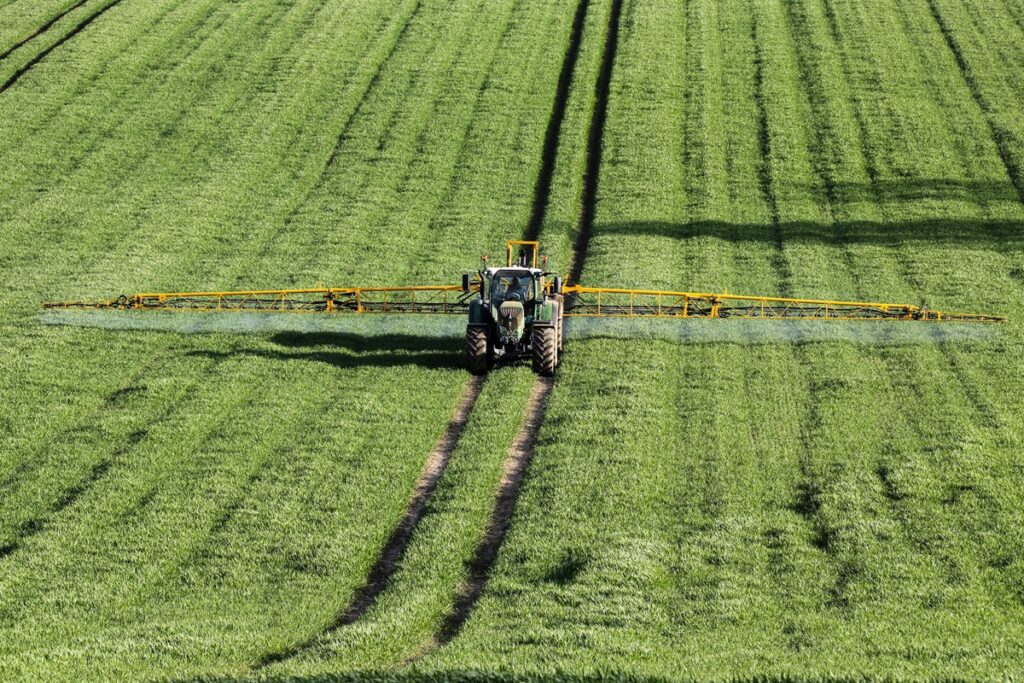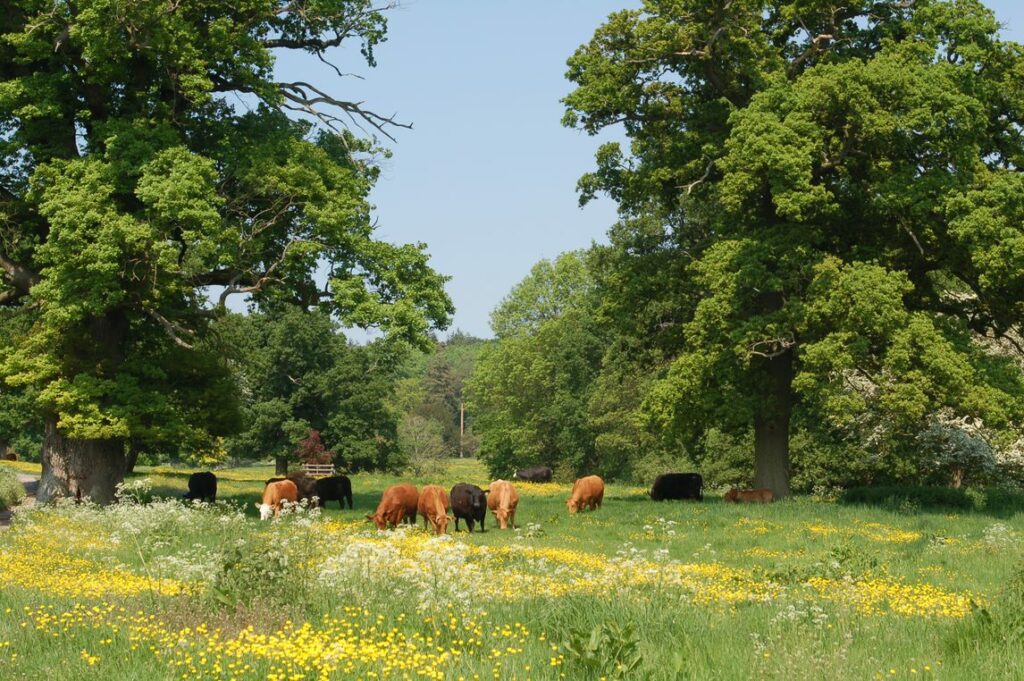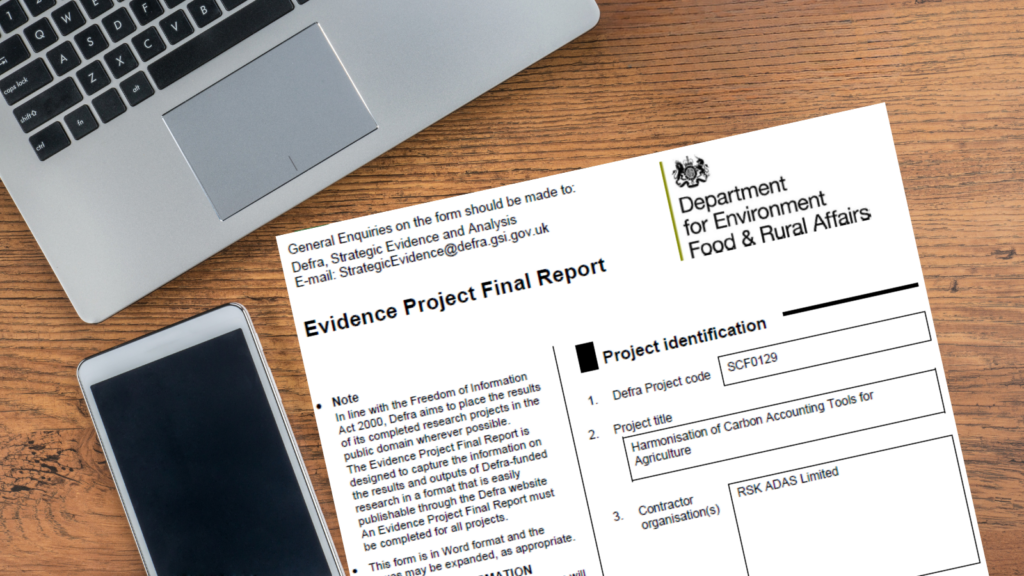Soil Farmer of the Year 2025 announced at Groundswell
Three farmers championing soil health and regenerative practices have been recognised in the 2025 Soil Farmer of the Year competition, with the awards ceremony taking place at this year’s Groundswell event. The competition, jointly run by Farm Carbon Toolkit and Innovation for Agriculture, and proudly sponsored by Cotswold Seeds and Hutchinsons, celebrates farmers across the …
Soil Farmer of the Year 2025 announced at Groundswell Read More »









